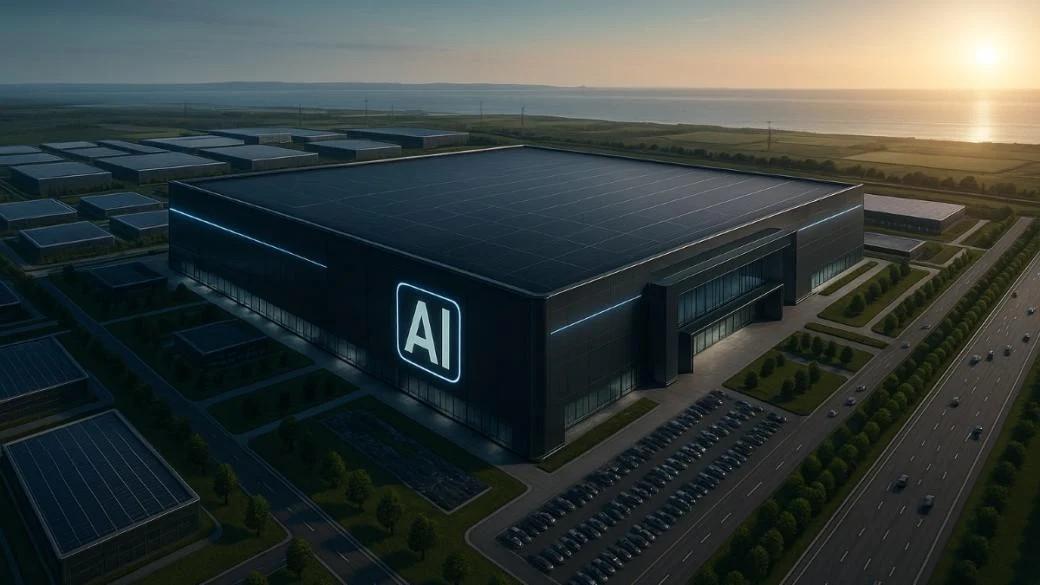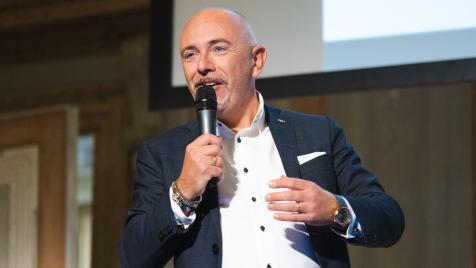Between Prague, Sofia, or Vilnius: CEE could be a global AI hub
The region has enormous potential, but the next 24 months are critical

Central and Eastern Europe is at a critical crossroads. With a combined GDP of €2.5 trillion and over 150 million citizens, the region has the potential to become a global AI hub, but the next 24 months will determine whether it will seize this opportunity or fall behind forever in the technology race.
The AI Chamber presented its landmark AI Action Plan, a strategy to transform the CEE region into a competitive innovation hub. This took place during the EU Digital Summit in Gdańsk under the Polish Presidency.
The document, drafted after months of regional consultations, comes at a critical moment when the adoption or neglect of AI could determine the economic trajectory of CEE for decades to come.
The enormous potential of an underestimated region
Statistics reveal a serious lag. Only 4-6% of companies in CEE have adopted AI, compared to an EU average of 13.5% – far from the target of 75% by 2030. Small and medium-sized enterprises are even further behind, with most still experimenting with the technology.
Although the region accounts for 22% of the EU's population, it generates only 11% of the bloc's GDP. But full AI adoption could increase regional GDP by up to €100-135 billion per year (5-8%) – equivalent to adding an entire economy like Croatia every year. Without swift action, however, the benefits would shrink to just €15 billion.
CEE has key advantages: solid experience in cutting-edge technologies, world-class STEM education, highly developed technical talent, and a growing startup ecosystem. AI can serve as a “force multiplier” for SMEs, globally competitive startups, and attracting investment.
The five pillars of transformation
The plan offers a concrete regional roadmap with a focus on SMEs, which make up 99% of businesses and half of CEE's GDP. The strategy is based on five critical areas:
- Infrastructure: A regionally integrated high-performance computing network connecting national supercomputers to provide computing power to start-ups, SMEs, and researchers.
- Data: A CEE open data network with common governance standards and cross-border data trusts in healthcare and manufacturing, ensuring the secure pooling of information.
- Talent: 1,000 fully funded AI scholarships, new academic programs, and a talent exchange program to retain local talent and attract professionals from abroad.
- Regulation: A CEE AI Policy Council for greater influence in Brussels and protection of SMEs from disproportionate burdens, plus regional regulatory sandboxes for safe testing.
- Innovation: A network of AI innovation hubs close to leading universities and national R&D funding for specific challenges.
Mobilizing capital for growth.
In 2024, CEE startups raised only €2.3 billion in venture capital—a tiny fraction of investment in Western Europe. In practice, less than 10% of European AI investment reaches the region.
The region cannot afford to wait. The next 12-24 months are crucial,” emphasizes Tomáš Snážik, CEO of AI Chamber. “If we provide SMEs with the right tools, data, and capital, they will not only compete but also take the lead.”
Beyond outsourcing
The plan aims to reposition CEE globally through a portfolio of AI champions from the region such as UiPath, Rossum, and Infermedica, along with a campaign to change perceptions from an outsourcing center to an innovation hub.
“CEE shouldn't copy Silicon Valley—it should build on its own strengths,” explains Snajdrik.
With strong local ecosystems and accessible talent, we can create startups that grow from Prague, Sofia, or Vilnius.
Translated with DeepL.

 Economic.bg
Economic.bg 


